Projeto Quipá is a social startup that helps people take care of the Brazilian Caatinga and their communities. We currently work in the Serra da Capivara Territory, Piauí, Brazil.
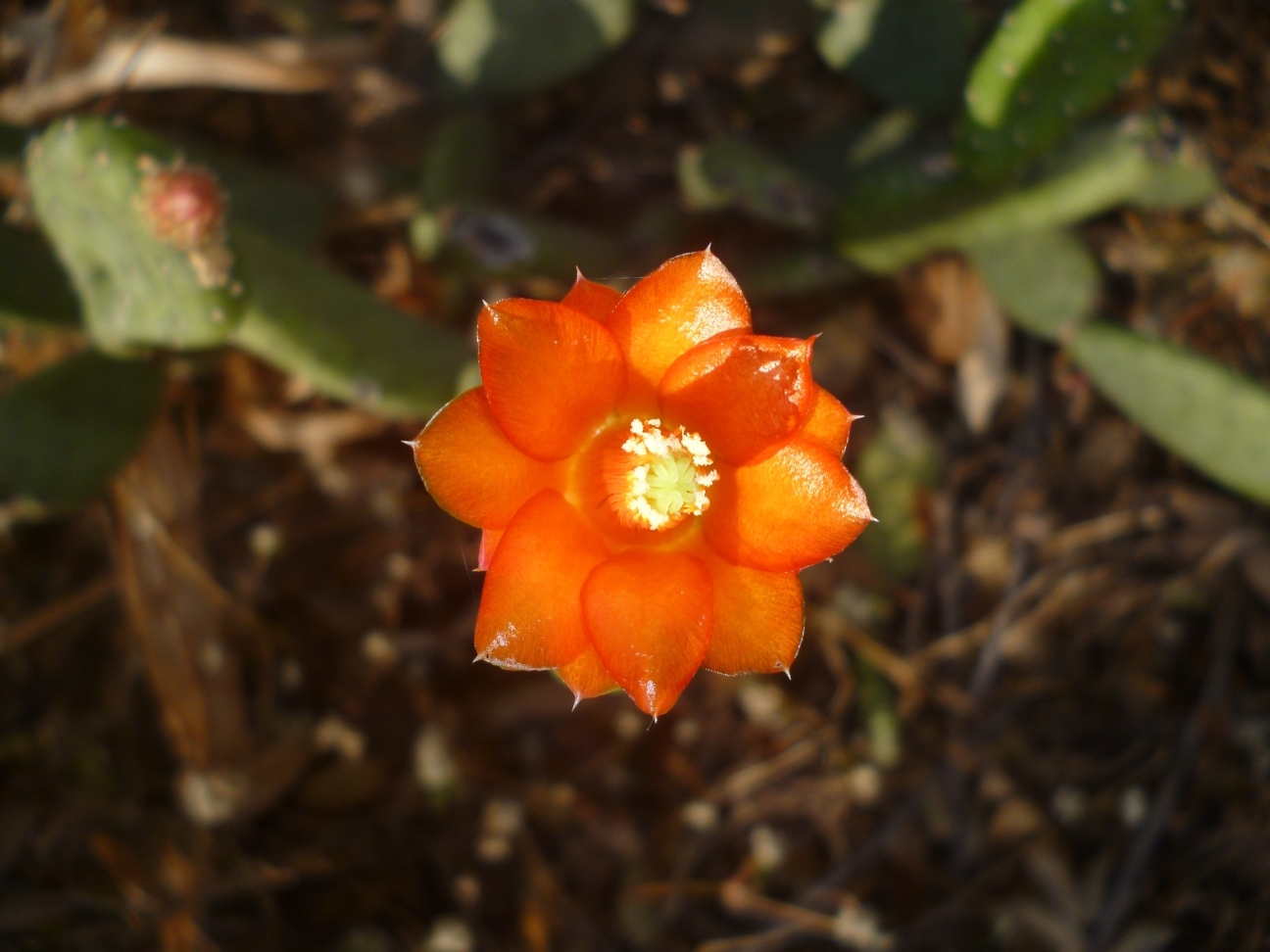
Caatinga
The Caatinga is one of the largest ecoregions of the seasonally dry tropical forest biome and it has a unique and biodiverse flora and fauna adapted to semiarid climate conditions:
- >3150 plants species (23% endemic)
- 548 bird species
- 183 mammal species
- 98 amphibian and 79 lizard species
- 187 bee species
The Caatinga is also known for the sertanejo, a hardy and joyful people that live in this semi-arid back-country, the sertão.
As with many dry tropical forests across the world the Caatinga is forgotten, under-protected and under-researched with only about 7% protection (1% strict protection, 6% sustainable use).
Over half of the Caatinga suffers from deforestation, degradation and desertification mainly caused by threats such as unsustainable agriculture, mining, bush fires and large infrastructure projects.
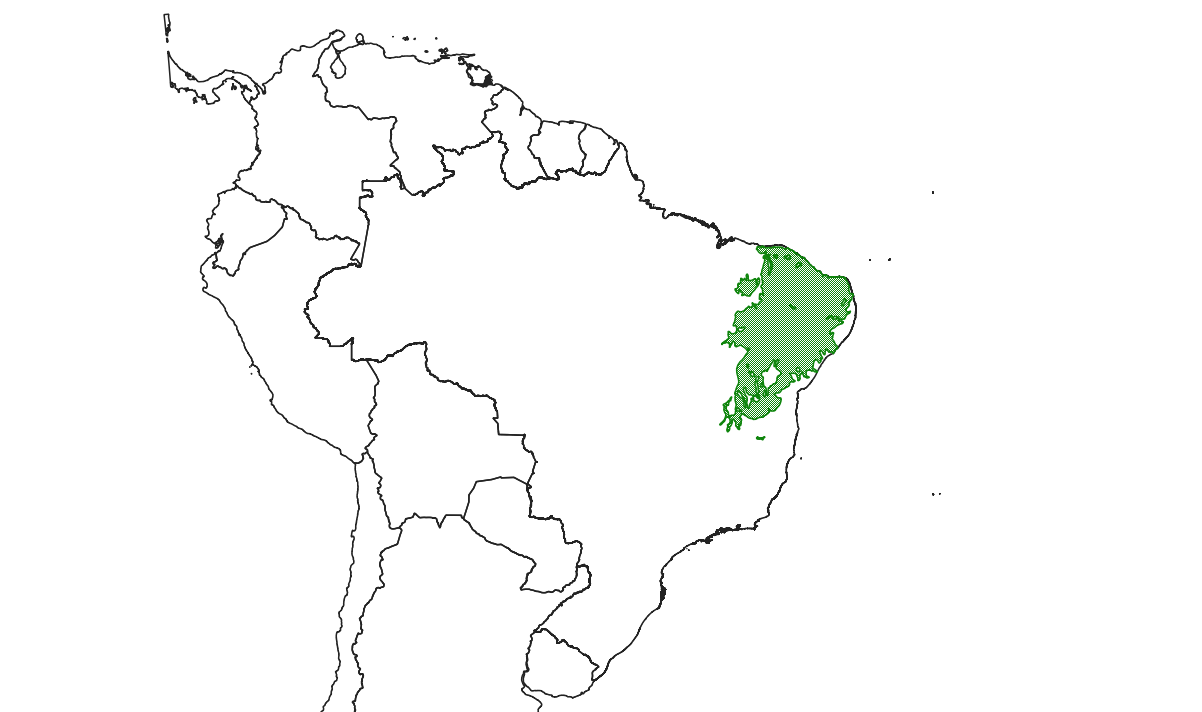
Serra da Capivara Territory
This territory has one of the most important mosaic of protected areas, Serra da Capivara National Park being among the oldest Caatinga protected areas.
The National Park was listed in 1991 as a UNESCO World Heritage Site due to the abundant and unique rock-art shelters that are testimony of some of the oldest human communities in South America.
The territory also has one of the largest quilombos in Brazil (black-descent communities) and 17 rural reform settlements.
More then 140,000 people live in this territory. Almost half are family farmers and a fourth live below the Brazilian poverty line (less than 1€ a day, 2010 line)
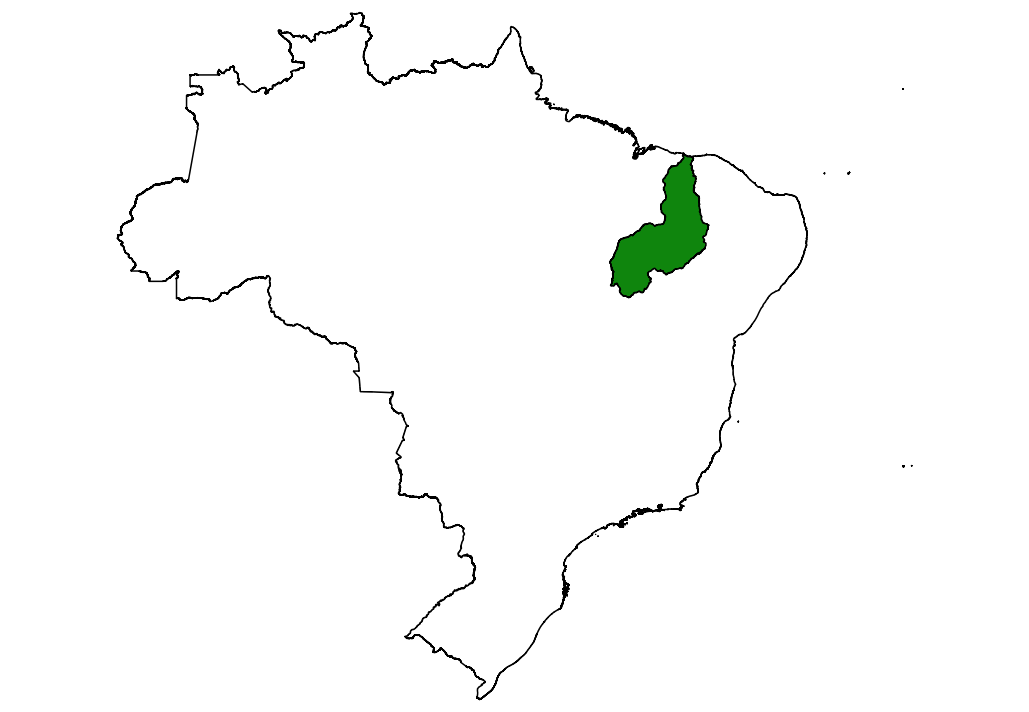
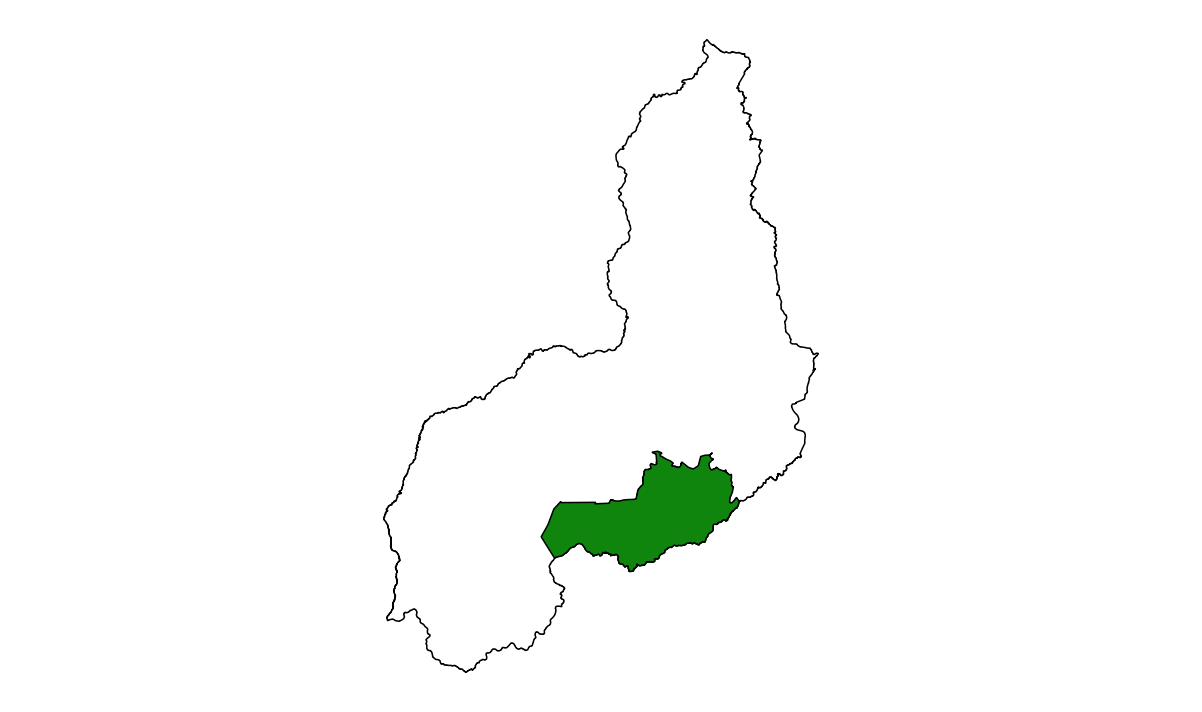
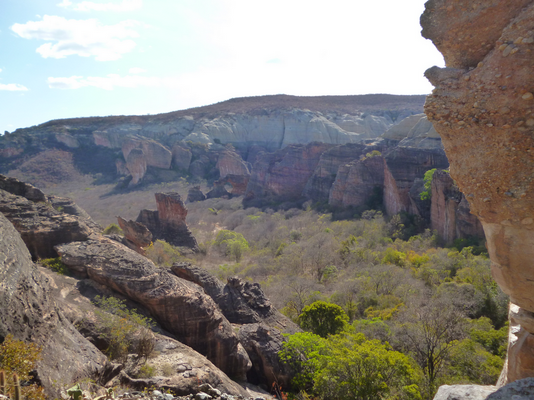
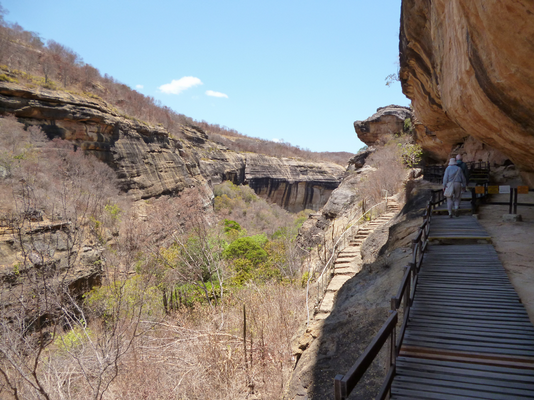
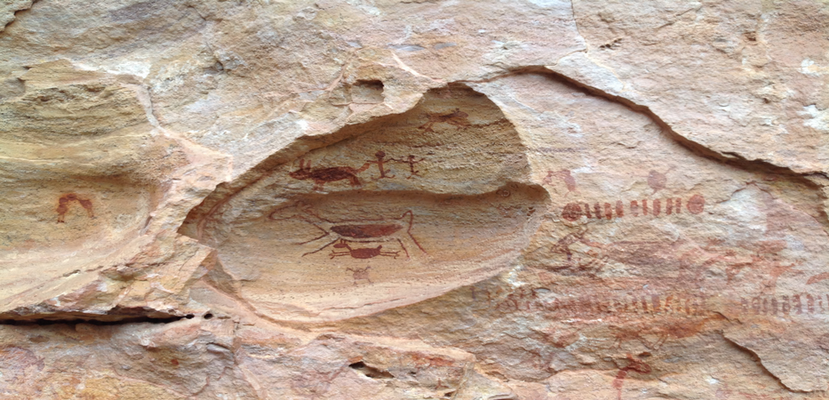
Our Approach
The project aims to encourage appropriate practices among Caatinga communities that can:
These practices are affordable, open and build upon local knowledge and resources.
Our Activities
- Organise workshops and courses to build-up local people’s knowledge and capabilities
- Encourage mutual aid by providing seed funding and assets (resources, tools, land)
- Build-up rural community centres and a territorial learning centre
- Share information on appropriate practices through talks, social media and publications
- Raise awareness about the Caatinga from the local to the global level
- Support community activists fighting for ecological and social justice
Our Areas
- Agroecology and Agroforestry
- Beekeeping (Native and European bees)
- Digital Literacy and Ecoliteracy
- Water security (rainfall collection and use)
- Ecotourism and Cultural Tourism
- Renewable Energy (solar, wind, biomass)
- Ecological Construction
- Craftmanship and Microindustry
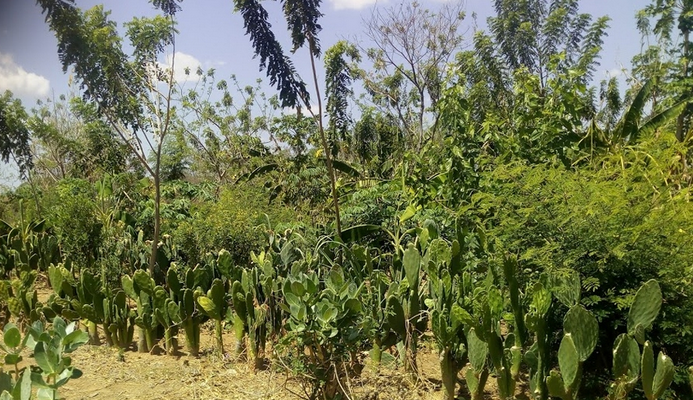
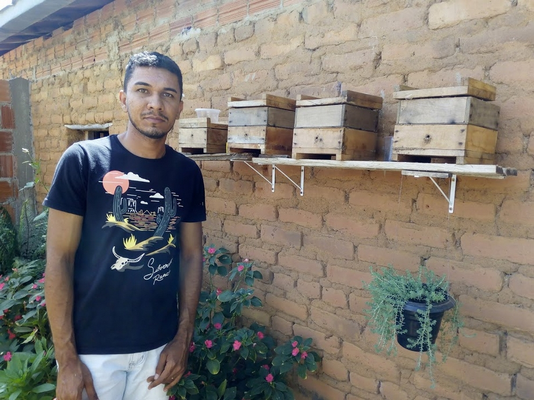

Our Campaigns
Our 2015 and 2019 field campaigns ran workshops and courses for more then 100 people in 2 rural communities and 3 cities with a budget of less then €500 and only 3 volunteers. Some examples:
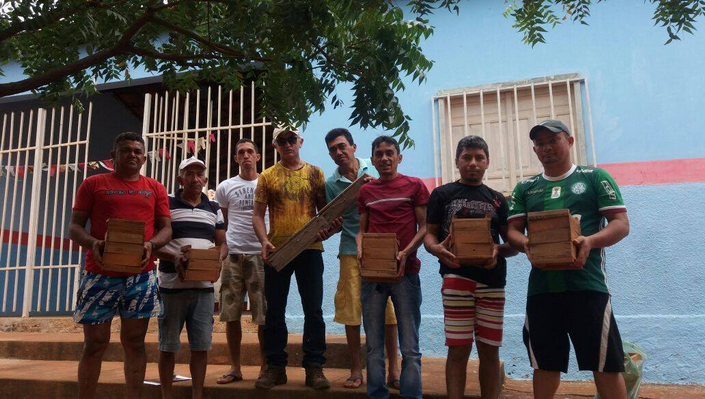
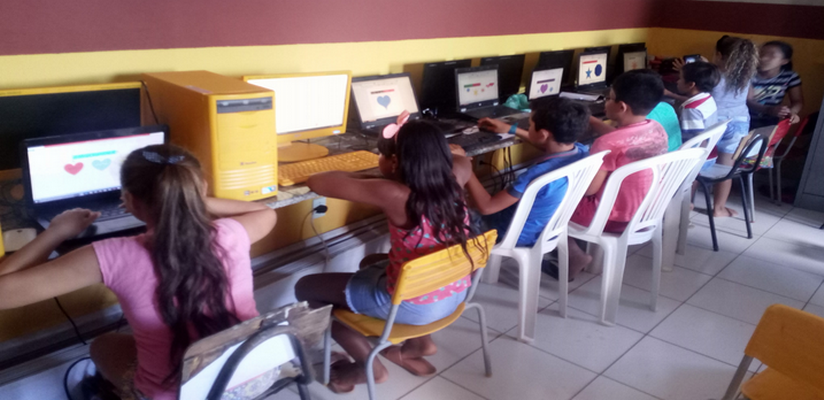
For our future campaigns we are aiming to:
- Organise workshops and courses and provide seed funding and resources in ten (10) communities
- Start building up rural community centres through partnerships with community associations, NGOs and local governments
- Setup 10 ha of agroecological and agroforestry plots for research & learning at our HQ
- Build up a territorial learning centre at our HQ Casa dos Micos and expand plots (stretch goal)
